DIDANOSINE DELAYED-RELEASE - ORAL
PHONETIC PRONUNCIATION: (dye-DAN-oh-seen)
COMMON BRAND NAME(S): Videx EC
GENERIC NAME(S): didanosine
Uses
USES: This drug is used with other HIV medications to help control HIV infection. It helps to decrease the amount of HIV in your body so your immune system can work better. This lowers your chance of getting HIV complications (such as new infections, cancer) and improves your quality of life. Didanosine belongs to a class of drugs known as nucleoside reverse transcriptase inhibitors-NRTI. Didanosine is not a cure for HIV infection. To decrease your risk of spreading HIV disease to others, do all of the following: (1) continue to take all HIV medications exactly as prescribed by your doctor, (2) always use an effective barrier method (latex or polyurethane condoms/dental dams) during all sexual activity, and (3) do not share personal items (such as needles/syringes, toothbrushes, and razors) that may have contacted blood or other body fluids. Consult your doctor or pharmacist for more details.
How to use DIDANOSINE DELAYED-RELEASE - ORAL
HOW TO USE: Read the Medication Guide provided by your pharmacist before you start using didanosine and each time you get a refill. If you have any questions, ask your doctor or pharmacist. Take this medication by mouth usually once daily on an empty stomach, at least 1 and 1/2 hours before or 2 hours after a meal, or as directed by your doctor. Swallow the capsules whole. Do not crush, chew, or open the capsules. Doing so may decrease their effectiveness. The dosage is based on your weight, medical condition, and response to treatment. It is very important to continue taking this medication (and other HIV medications) exactly as prescribed by your doctor. Do not skip any doses. Do not increase your dose, take this drug more often than prescribed, or stop taking it (or other HIV medicines) even for a short time unless directed to do so by your doctor. Skipping or changing your dose without approval from your doctor may cause the amount of virus to increase, make the infection more difficult to treat (resistant), or worsen side effects. For the best effect, take this medication at evenly spaced times. To help you remember, take this medication at the same time every day.
Side Effects
Precautions
Interactions
Overdose
Images
Reviews
Faq for DIDANOSINE DELAYED-RELEASE - ORAL
Didanosine delayed-release is an antiretroviral medication used to treat HIV infection. It belongs to a class of drugs called nucleoside reverse transcriptase inhibitors (NRTIs) and works by blocking the reverse transcriptase enzyme necessary for the virus to replicate.
Common side effects of Didanosine delayed-release include diarrhea, nausea, vomiting, stomach pain, headache, and rash. It is essential to notify your doctor if these side effects persist or worsen.
Didanosine delayed-release should be taken exactly as prescribed by your doctor. It is usually taken on an empty stomach, at least 30 minutes before or 2 hours after a meal. Do not crush, chew, or break the delayed-release capsules.
Yes, there are several precautions and warnings associated with Didanosine delayed-release. It may cause a serious condition called pancreatitis, especially in individuals with a history of pancreatitis. It can also weaken the immune system and increase the risk of infections. Other warnings include liver problems, lactic acidosis, and potential drug interactions.
It is important to discuss with your doctor if you are pregnant or planning to become pregnant before taking Didanosine delayed-release. It may be recommended to continue or start therapy to prevent HIV transmission. It is not recommended to breastfeed while taking this medication.
If you miss a dose of Didanosine delayed-release, take it as soon as you remember. If it is close to the time for your next dose, skip the missed dose and continue with your regular dosing schedule. Do not double the dose to make up for a missed one.
Yes, Didanosine delayed-release can interact with several other medications, including antacids, medications that lower stomach acid, certain antibiotics, and medications that affect the liver. It is crucial to inform your doctor about all the medications you are taking to prevent harmful interactions.
The time it takes for Didanosine delayed-release to show its effect may vary between individuals. It is important to continue taking the medication as prescribed and follow-up with your doctor for regular check-ups to monitor the progress of your HIV infection.
Yes, it is recommended to avoid consuming alcohol and foods high in fat while taking Didanosine delayed-release, as they may increase the risk of side effects or interfere with its effectiveness. It is best to consult your doctor or pharmacist regarding any specific dietary restrictions.
Warning
WARNING: Rarely, didanosine has caused a severe (sometimes fatal) pancreas problem (pancreatitis) when used alone or with other HIV medicines. Immediately tell your doctor if you develop symptoms of pancreatitis (persistent nausea/vomiting, stomach/abdominal/back pain). Rarely, didanosine has caused a severe (sometimes fatal) liver and blood problem (lactic acidosis). These problems may be more likely in females or people who are overweight (obese). Immediately tell your doctor if you develop symptoms of liver problems (persistent nausea, stomach/abdominal pain, dark urine, yellowing eyes/skin) or lactic acidosis (rapid breathing, drowsiness, muscle aches, severe weakness). Didanosine should not be used with a certain HIV medicine, stavudine, due to increased risk of these serious side effects.
Disclaimer
IMPORTANT: HOW TO USE THIS INFORMATION: This is a summary and does NOT have all possible information about this product. This information does not assure that this product is safe, effective, or appropriate for you. This information is not individual medical advice and does not substitute for the advice of your health care professional. Always ask your health care professional for complete information about this product and your specific health needs.

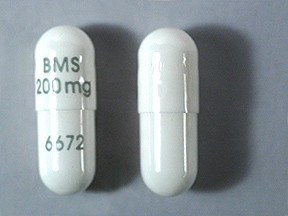
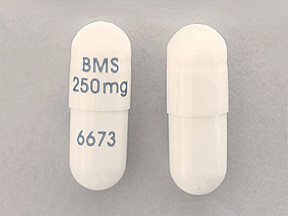
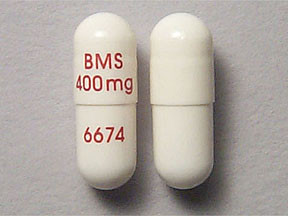
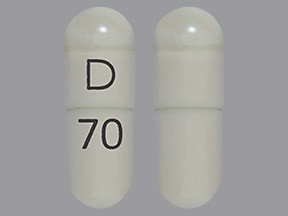
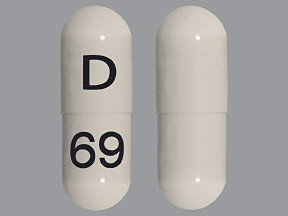

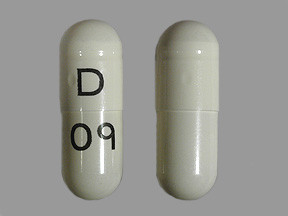
No Reviews Yet